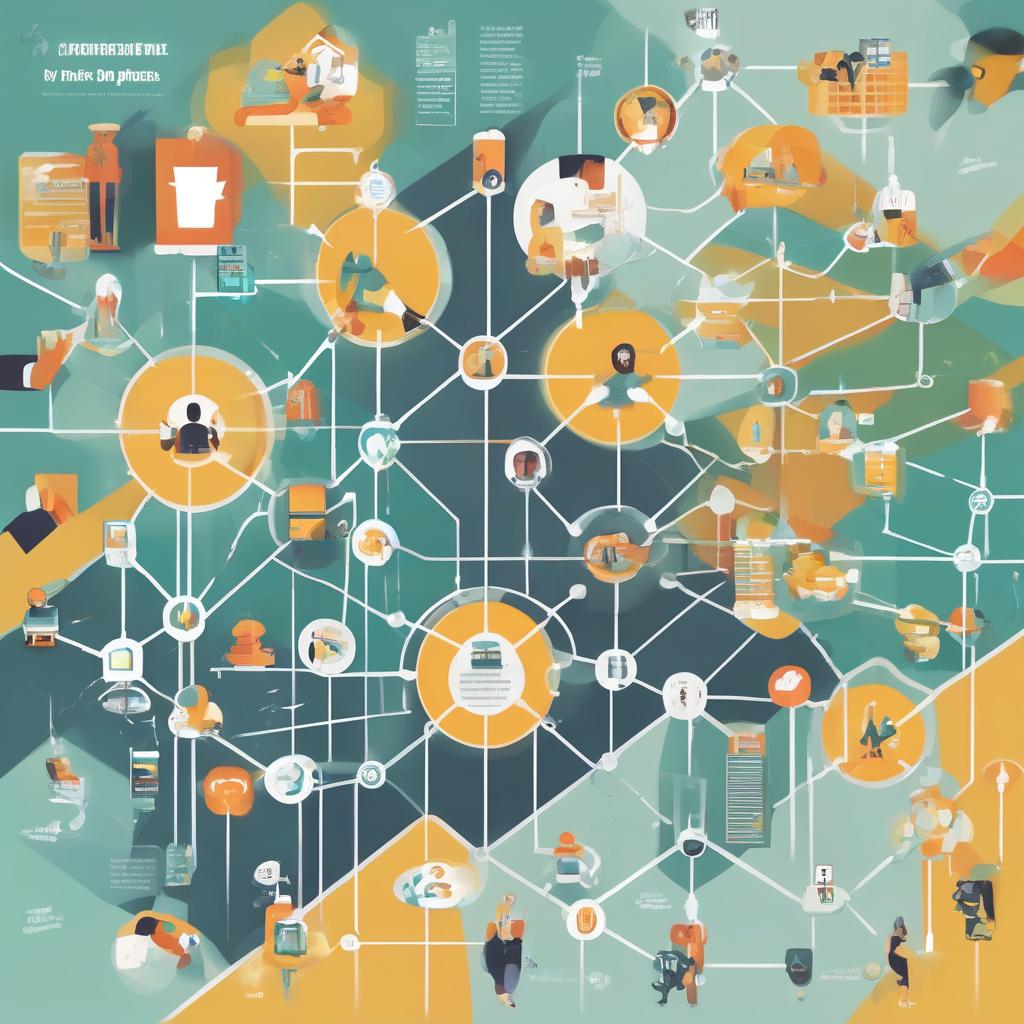I first heard Penelope Burk in New York in 2009. Her book Donor Centered Fundraising spoke to me from the moment I read it. It just made sense. Burk’s firm, Cygnus Research, takes a data-driven approach to donor-centered fundraising program design. Nonprofit organizations need to think about the needs of donors to ensure long-term philanthropic sustainability. Burk’s book focuses on the macro as well as the micro. She discusses the effective design of a stewardship program while also pulling in small actionable details to engage board members in the stewardship process. Making people feel valued is an important aspect of any giving program, every gift matters.
Approaching fundraising work from the donor’s perspective is easy but it takes intentionality. It needs to be methodically built into an organization’s culture to allow it to take root. A donor-centric approach has a place in all aspects of fundraising. Naturally major gift proposals are written for individual donors but an annual fund strategy can incorporate many of the same principles. This is where best practices and innovation can collide.
Think about the process of giving to your organization. How do donors do it? What payment methods can a donor use to process a contribution? Are those the same payment methods you use in your personal life? Making sure processes align with modern human behavior is just one example of creating a donor-centered approach. Using technology and methodology that is reflective of your constituency base shows an organization is thinking about the needs of donors.
Impact-based giving is another example of a donor-centered strategy. The approach responds to modern trends in fundraising and demonstrates an understanding of human behavior. Some donors, particularly younger and newer donors, want to see a direct impact as a result of their gift to an organization. Impact-based giving offers donors an opportunity to designate contribution to areas that matter both to the individual and the organization. An added benefit of an impact-based giving approach is that it helps nonprofit organizations understand what matters to donors. This knowledge provides a built-in stewardship opportunity.
I have also found donor-centered fundraising to play an important role in professional development and staff retention. It is easy for any of us to get consumed in the day to day. I’ve used Burk’s book as a way to refocus my team on what really matters. I give the book to every new team member. I’ve conducted multiple retreat sessions where we begin with a renewed focus on what it means to be donor-centered. I find that fundraising teams, in particular, value the opportunity to reflect on donors they know well and those they are just starting to connect with and putting themselves in their shoes. They bring the voices of those individuals forward by helping to develop personas that are specific to the organization. Understanding those personas can help build strategies that advance the needs of the organization while also connecting with constituents in a way that is most meaningful.
A donor-centered program is not just for fundraising staff. Burk also wrote Donor Centered Leadership. I used this book with my board and brought Burk to do a working session when we were heading into a capital campaign. Burk’s session helped focus the group on the importance of the process, not just the outcome, in fundraising. It also helped board leadership find a place for themselves in the campaign, regardless of their comfort with direct fundraising work.
Every nonprofit organization has limited resources. Burk’s data-driven approach to donor-centered fundraising helps organizations make the largest impact by focusing on what matters most. You’ve heard the saying, it’s easier to retain a donor than find a new one, right? Donor-centered fundraising is how we can ensure a greater donor retention percentage while also doing the right thing for our donors. Instituting meaningful touches that help donors feel values, realize the impact of their gifts, or simply feel seen and understood can go a long way to building a sustainable base in any fundraising program while simultaneously building confidence and trust for the future.

